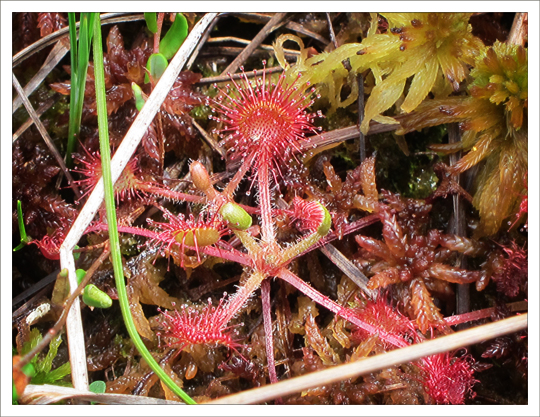Peter Bauer, executive director of Protect the Adirondacks, published a story about Iowa Pacific Holdings and their intent to store old oil tankers in the park. The company owns railroad tracks in the High Peaks region, and has already stored old passenger cars on the track. Peter Bauer and Brian Mann went out to photograph the railroad cars this past summer for a piece published on the Protect The Adirondacks' website. Iowa Pacific subsequently sent Bauer a letter telling him to stay off the land or they would press charges. But does Iowa Pacific have the right to do this?
Protect the Adirondacks' attorney, John Caffry (who is also Phil Brown's attorney), claims that Bauer was not trespassing when he went to go take those photos because he was on public land. The stretch railroad where the passenger cars sit runs through Forest Preserve land. Caffry argues that since the Forest Preserve is publicly owned, the land they walked on is open to the public. As long as they don't interfere with the cars directly Bauer can be there. This case is almost the exact opposite of the Shingle Shanty Creek. With Phil Brown it was contested public land surrounded by private land, where here it is private property surrounded by public land. The cases however are very similar since they do challenge the definition and access of public property. Bauer claims the letter from Iowa Pacific will not stop him from going back, so it will be interesting to follow this case and see what the next steps are. Who knows, maybe it will result in a landmark case on land rights in the park.
Also feel free to check out the article about the actual Iowa Pacific railroad cars. It is an interesting debate if having the cars there goes against the park being 'forever wild' and some people are worried they are turning the park into a junkyard: http://www.protectadks.org/2015/09/protect-calls-upon-governor-cuomo-to-reject-plans-to-store-used-oil-tanker-rail-cars-in-the-adirondacks/
Sources Cited:
Phil Brown, "Railroad Warns Bauer to Keep Out Of Corridor" Adirondack Almanack Sept 30th, 2015. Accessed October 2nd 2015. http://www.adirondackalmanack.com/2015/09/rail-company-threatens-prosecute-activist-trespass.html






